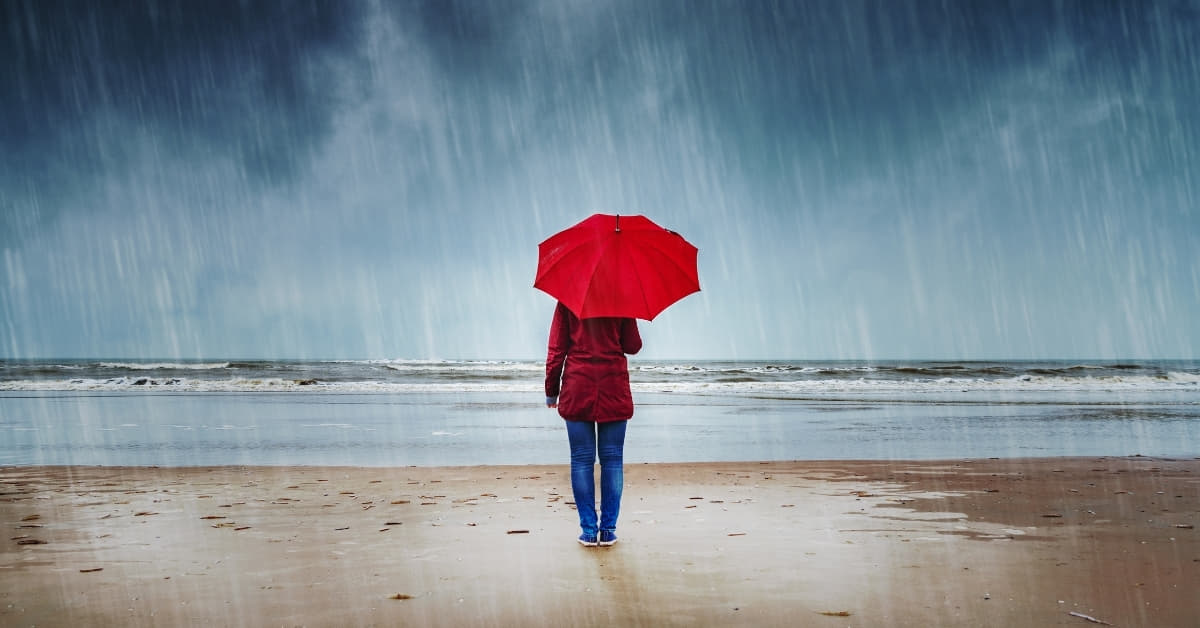Rain photography is a mesmerizing genre that allows photographers to capture the unique and ethereal beauty of raindrops, reflections, and the overall ambiance that rain creates. Whether you’re a seasoned photographer or just starting out, this guide will provide you with valuable insights on how to master the art of rain photography.
Understanding Rain Photography
- Camera Gear:
To capture stunning rain photos, invest in a good camera with manual settings. A DSLR or mirrorless camera with a fast lens (f/2.8 or lower) is ideal for low-light conditions. Additionally, consider using a lens hood and a weather-sealed camera to protect your equipment from rain. - Settings for Rain Photography:
Adjust your camera settings for the best results. Opt for a wide aperture (low f-number) to create a shallow depth of field and emphasize raindrops. Experiment with different shutter speeds to capture motion – faster shutter speeds freeze raindrops, while slower speeds create a sense of movement. - Composition Tips:
Focus on interesting compositions that incorporate rain as a central element. Look for reflections on surfaces, use puddles to create mirror-like effects, and pay attention to the interplay of light and raindrops. Experiment with angles and perspectives to add variety to your shots. - Lighting Conditions:
Rainy days often provide soft, diffused light, which is excellent for photography. Capture the magical ambiance by shooting during the golden hours – sunrise and sunset. Use artificial light sources creatively to enhance the mood of your rain photos. - Post-Processing Techniques:
After capturing your rain photos, enhance them using post-processing tools like Adobe Lightroom or Photoshop. Adjust contrast, saturation, and sharpness to bring out the details. Experiment with black and white conversions for a timeless and dramatic look.
FAQs
Can I shoot in the rain without damaging my camera?
Yes, you can safely shoot in the rain with proper precautions. Use weather-sealed camera gear and consider using a rain cover or umbrella to protect your equipment. Avoid exposing your camera to heavy rain for extended periods.
How can I capture raindrops in sharp detail?
Use a fast lens with a wide aperture to create a shallow depth of field. Set a fast shutter speed to freeze the motion of raindrops. Experiment with manual focus to ensure your camera captures the raindrops in sharp detail.
Are there specific settings for shooting rain at night?
Shooting rain at night can be challenging due to low light conditions. Use a wide aperture and higher ISO settings to compensate for the lack of light. Consider incorporating artificial light sources creatively to illuminate raindrops.
What types of compositions work well for rain photography?
Experiment with compositions that highlight the interaction between rain and the environment. Focus on reflections in puddles, rain-soaked streets, and the play of light on wet surfaces. Look for unique angles and perspectives to add visual interest.
Conclusion
Rain photography offers a unique opportunity to capture the beauty of nature in a creative and artistic way. Armed with the right gear, techniques, and creative vision, you can create stunning images that evoke the mood and atmosphere of a rainy day. Embrace the challenge, experiment with different approaches, and let your creativity flow with the raindrops.
This page was last edited on 27 February 2024, at 12:26 pm
